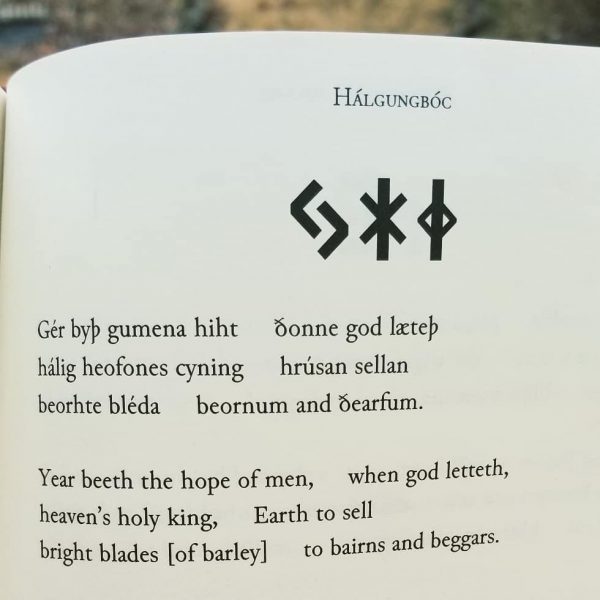Vikings and other Avalanche themes do not leave us even during work. Today I came to tell you about some documents that we discovered (seemingly) quite a long time ago, but only began to study closely now.
The first feature that makes them similar looks like this: they are written in ordinary Proto-Ruginian from the end of the first IV-V centuries AD, but! senior fufark. How is this unusual? The fact is that by this period the older fufark had almost completely fallen out of use, giving way to the younger one. And if the younger one was used for notes everywhere, and every person who knew how to read and write owned it, then with the older one everything was far from so simple.
In those days only two classes of people knew him. The educated elite who conducted business correspondence on it (and wrote something like scientific works) and... sorcerers! Who used these same runes for fortune telling and more. The runes of the elder fufark were not clear to an ordinary, ordinary person.
Thus, the person who wrote these documents came from the earl's family, no less. We are not yet ready to confirm who exactly it was, but we can give examples of what he wrote about.
- customs related to hygiene and various recommendations (no joke!);
- tattoos (until now we could only assume that they were in use in the territories of Lavinavia);
- linguistic and cultural differences between different Lavinavian tribes;
- fortune telling systems and other magical things;
- runic verses rune poem).
About the latter in a little more detail. A runic verse is a verse in which each stanza begins with the name of a particular rune and explains its meaning. Presumably, such verses were used as mnemonics, to facilitate remembering the order of runes in the alphabet.
In general, I think you already understand what you can expect from us in the near future. Stay in touch!

